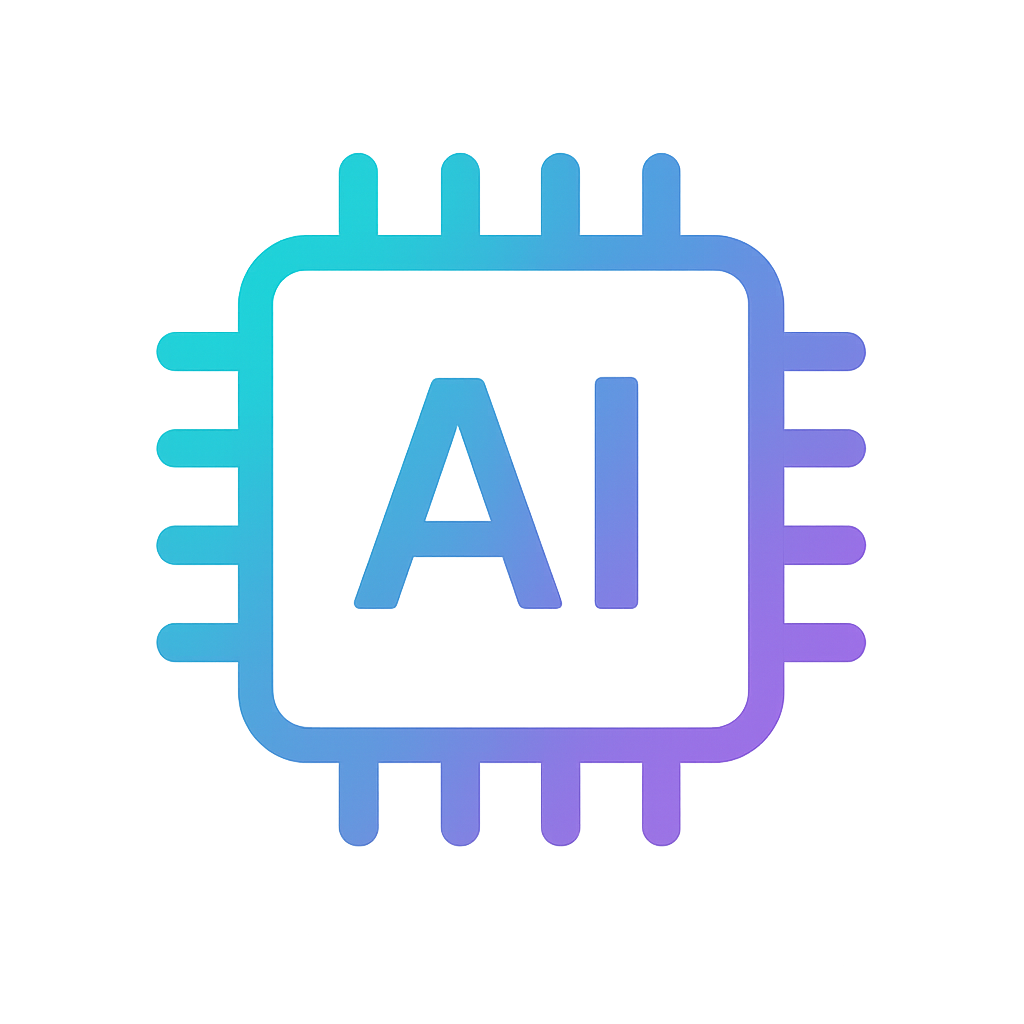News
1 - 24 of 446 items
Added to cart

3D scanning solutions
How Artec 3D is supporting Ukraine
Lightweight and fast, this structured-light scanner creates high-quality 3D models in full color.
Wireless, AI-driven 3D scanner with an onboard computer, touchscreen, and battery.
Industrial photogrammetry solution with exceptional volumetric accuracy.
High-resolution desktop 3D scanner for digitizing small objects with 5-micron accuracy.
ISO-certified laser scanner that boasts 0.02 mm accuracy. Perfect for metrology and other industrial use cases.
Long-range laser LiDAR scanner, designed to rapidly capture large to massive objects.
High-resolution portable scanner for the target-free capture of intricate surfaces.
Ramp up your scanner’s performance and get it ready for long-haul scanning missions.
Gear up for scanning projects in challenging environments with custom add-ons.
Protect your LiDAR against shocks and extend its reach with essential accessories.
Go for higher scanning speeds, greater mobility, and steadfast accuracy — even in adverse conditions.
Transform scans, photos & videos into 3D models and CAD files for inspection, reverse engineering, and more.
Accessible software for creating 3D models using only photos and videos
Back up, store, share, sync, and view your 3D scan data on any browser.
Turn scan data into editable solid CAD models.
3D scan data capture, interpretation, and professional-grade inspection.
Design and manufacture organic shapes for sculpting, surfacing, and CAD modeling.
Transform 3D data and imported files into usable models.
Industry-standard CAD software for engineering and design.
